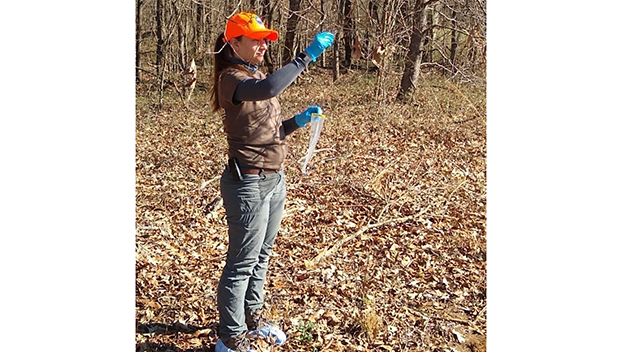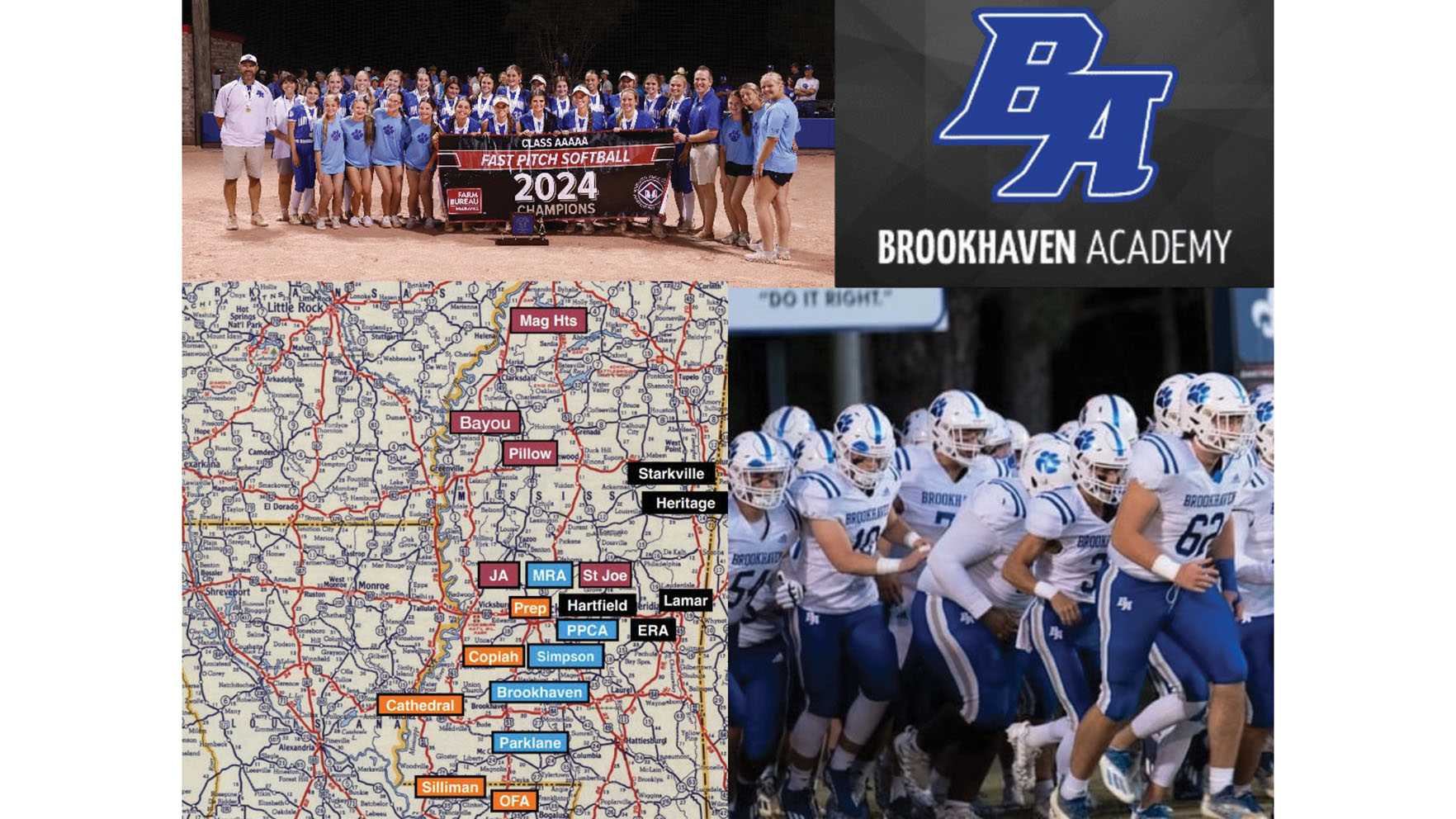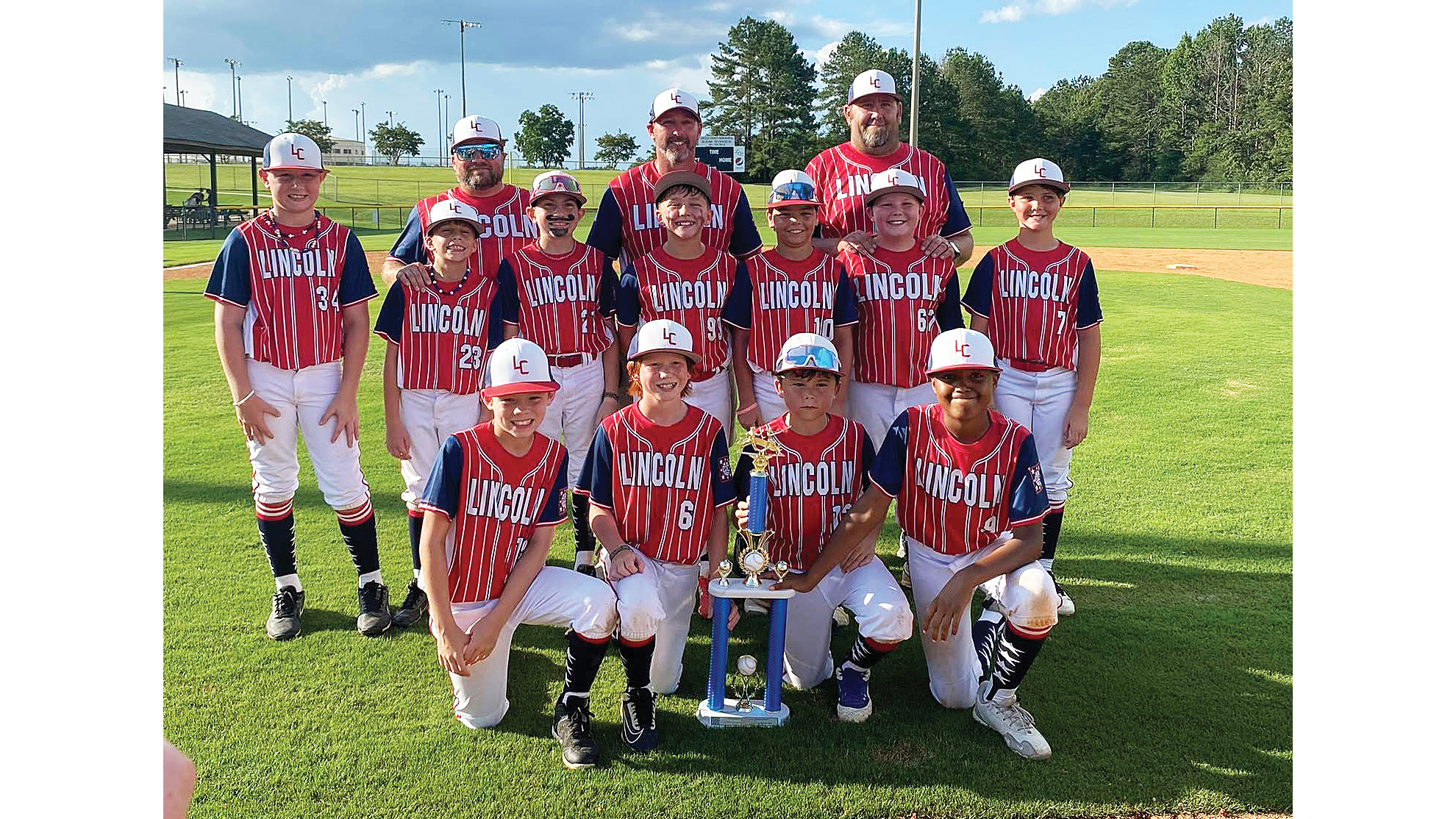Mississippi State researching new way to survey for Chronic Wasting Disease
Published 10:49 am Wednesday, May 3, 2023

- Miranda Huang clips a branch as she collects samples for a project looking to see if CWD could be detected in scrapes and used to survey for the disease. Her work found a CWD prion in Claiborne County which was reported to the MDWFP in June. (Submitted Photo | Miranda Huang)
STARKVILLE — Chronic Wasting Disease is being fought on two fronts in Mississippi. Deer program coordinator William McKinley is leading the front to contain areas of CWD and survey new potential infected zones with the Mississippi Department of Wildlife, Fisheries and Parks.
Mississippi State University’s Deer Lab is fighting CWD by discovering new ways to potentially survey the disease. Right now, McKinley’s deer program must obtain CWD samples from dead deer submitted by participating taxidermists and hunters to test and detect the disease. CWD is most concentrated in the deer’s lymph nodes which are best accessible after a deer is killed.
MSU Deer Lab employee Miranda Huang gave a report at the Southeast Deer Study Group meeting last month about what she has found in a research project to survey CWD using scrapes. Huang sampled 99 scrapes in CWD positive counties in southwest Tennessee where she found 54 (55 percent) tested positive for CWD using an RT. QuIC test. In Mississippi, 53 scrapes were sampled and they had a 36 percent prevalence rate of CWD.
Scrapes were being targeted in the project because it is a key place in the social relationships of deer and where deer activity is heavily concentrated. Huang said landowners usually know where scrapes are on their property making work easier in a phone interview Tuesday.
CWD prions shed by deer through bodily fluids are most concentrated in scrapes as well. Huang collected soil from the scrapes and clipped the tips of the licking branches above the scrapes for testing while trying to not disturb the sites. Of the 99 scrapes tested in Tennessee, 35% of them contained CWD prions on the licking branch only, 14% in the soil only, and 6% in both soil and on the licking branch.
“We set up 100 trail cams on scrapes and ran them from Early October in 2021 to January 2022. We had a bunch of deer visiting scrapes and we knew how many bucks and does visited and what they were doing,” Huang said. “We came back after January and could relay our results from testing soil samples back to the behavior. The scrapes more deer were visiting are more likely to have contamination. We hope it will be a useful tool in finding CWD in new places.”
She went to parts of north Mississippi which were close to CWD positives but no CWD positives had been detected on the property. Huang said they were able to find CWD prions in samples on those properties. Scrapes could be a great way to survey for the disease in new areas because one can sample more of the deer herd with a scrape. On average, 12 bucks visited each scrape site with the highest unique bucks at one scrape site being 39.
A trail camera on one of her scrape locations captured a buck visiting the scrape and a hunter later harvested the deer. The buck was tested for CWD and was a confirmed positive.
The National Deer Association said the study is the first to confirm CWD prions in scrapes. Huang said the MSU Deer Lab hopes to receive additional funding to expand the project a few more years.
“It is reasonably different than testing samples from deer. We have a lot more testing to do to make sure it works,” Huang said. “One of our questions going forward too is can we model the relationships between the scrapes that have positive samples and the prevalence in the herd. We want to translate the results to the metrics used to manage CWD. We are working to answer complex questions about what this would mean.”
Mississippi Department of Wildlife, Fisheries and Parks surveys for Chronic Wasting Disease through sample collection currently but if the use of scrapes to detect CWD in an area is proven reliable it could help find the disease in new areas. From July 1, 2022 to date, the public has submitted 7,805 samples with 4,062 coming from participating taxidermists and 3,604 from hunter harvest.
Huang started her graduate school program at Mississippi State studying the correlation between supplemental feeding and diseases. Chronic Wasting Disease is one of the biggest wildlife diseases facing the nation so it made sense to her to focus on CWD.
Mississippi detected its 207th case of Chronic Wasting Disease since 2016 this past deer season as the disease spread to new counties and increased in prevalence in Benton and Marshall Counties, Benton County has confirmed 127 positives since 2016.. Louisiana detected 11 new cases of Chronic Wasting Disease in Tensas Parish near Claiborne County last deer season too.
Huang helped put together MSU Deer Lab’s CWD educational video series by coordinating the input and handling script writing. Steve Demaris, co-director of the MSU Deer Lab, hired her to take on the CWD projects.
“It is a fascinating disease system. There is not another disease like this in wildlife. It makes it interesting to study, you don’t have as much of a foundation for approaching it,” she said. “With our research it would not be possible without landowners. Several people let us on to their land, spent hours with me scooping up scrape samples. It is crucial to do this sort of work so we really appreciate the support.”





